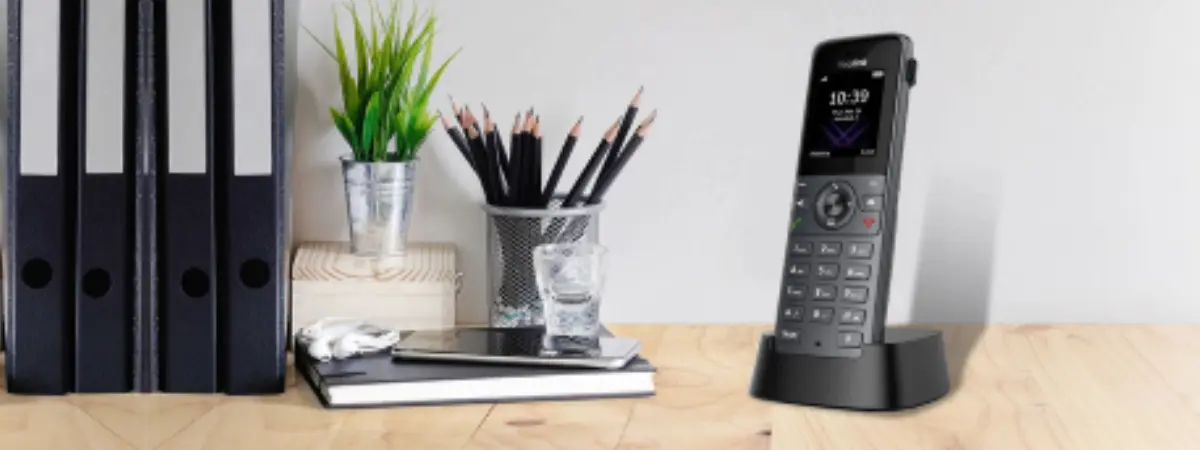Voice over IP
Find answers to common questions about our Voice services, helping you make the most of your internet-based phone system.

A PABX (Private Automatic Branch Exchange) system is a telecommunication system that allows users to make internal calls within a private network, as well as handle incoming and outgoing calls. In a home setting, it serves as a mini telephone exchange within the household.
A PABX system offers several benefits for home users, such as call routing, voicemail, call forwarding, and extension dialling. It can help organise and manage household communication more efficiently, especially in homes with multiple residents or home-based businesses.
A basic PABX system connects multiple telephones within a home to a central unit, typically using standard telephone lines or Voice over IP (VoIP) technology. It allows users to make calls to each other internally and provides features like call transferring and conference calling.
Common features of a basic PABX system include call forwarding, voicemail, auto-attendant (automated greeting and call routing), call waiting, caller ID, and the ability to set up multiple extensions for different household members.
Setting up a basic PABX system at home typically requires a PABX unit (hardware or software-based), compatible telephones, and a stable internet connection if using VoIP technology. While some technical knowledge may be helpful, many modern PABX systems for home use are designed to be user-friendly and come with easy-to-follow setup instructions.
An On-site VoIP PABX system is a telecommunication system that operates within the premises of a business or office and utilizes Voice over Internet Protocol (VoIP) technology to transmit voice calls over the internet. Unlike traditional PABX systems that rely on physical hardware, On-site VoIP PABX systems are often software-based and offer more flexibility and scalability.
On-site VoIP PABX systems offer several benefits, including cost savings on long-distance and international calls, advanced call management features like call forwarding and auto-attendant, integration with other business applications, scalability to accommodate growth, and the ability to support remote and mobile workers.
Important features to consider include call routing and forwarding, voicemail-to-email transcription, conference calling, call recording, mobile app integration for remote access, compatibility with existing hardware (such as desk phones), and security features like encryption and firewall protection.
Deploying an On-site VoIP PABX system typically requires IP phones or analog telephone adapters (ATAs) for existing analog phones, a local area network (LAN) with sufficient bandwidth to handle voice traffic, and a server or dedicated hardware appliance to host the PABX software.
While setting up an On-site VoIP PABX system may require some technical knowledge, many vendors offer user-friendly setup wizards and documentation to simplify the process. Ongoing maintenance typically involves software updates, monitoring system performance, and troubleshooting any connectivity or configuration issues. Depending on the complexity of the system, businesses may opt to have an IT specialist or managed service provider handle these tasks.
Yes, we can set up a SIP trunk for you as a backup VoIP. Or you can bring your own.
Yes, 3CX offers call recording at an additional cost based on the retention you need. Take a look at the monthly service fee, including VAT:
Full PBX - R399 per month (you have administrator rights on the software)
Shared PBX - R179 per month (you have user rights on the software) - best for facilitated VOIP
Call costs: Depending on SIP trunk provider, Backspace provides a lower cost high quality service (see full rates here), or Switchtel (https://www.switchtel.co.za/call-rates - package 1), known as the premium SIP service in SA.